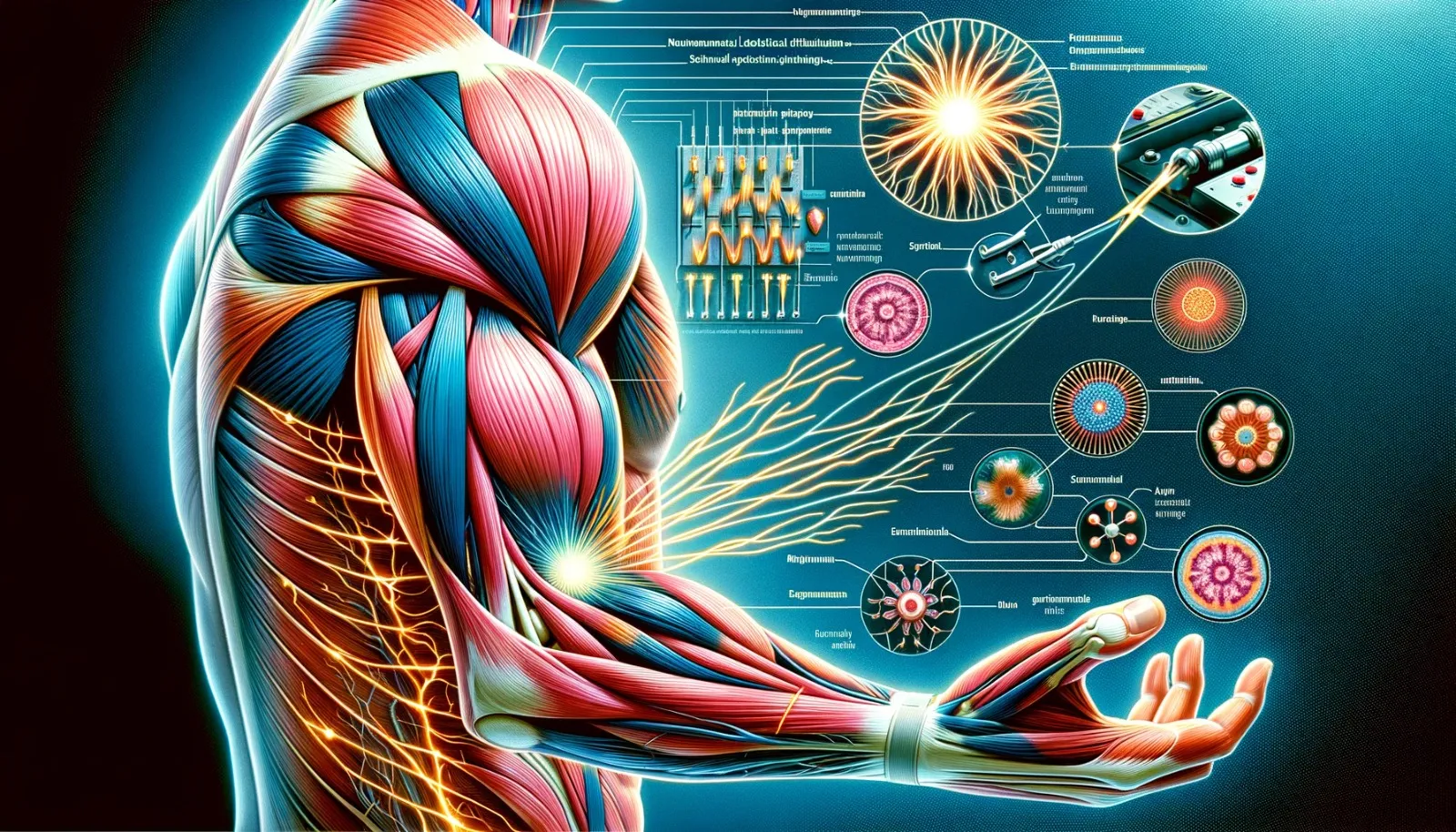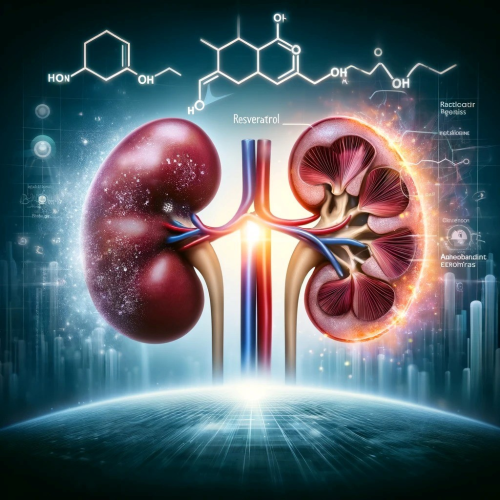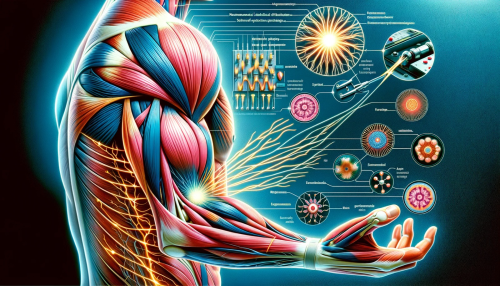A research team from Burdur Mehmet Akif Ersoy University, in collaboration with Hacettepe University, examined the effects of neuromuscular electrical stimulation (NMES) on muscle structure and function. This study, conducted by Nehir Uçar, Hakan Öner, Murat Abdulgani Kuş, Harun Karaca, and Tüzün Fırat, investigated how the application of NMES at different muscle lengths affects the muscles.

A research team from Burdur Mehmet Akif Ersoy University, in collaboration with Hacettepe University, investigated the effects of neuromuscular electrical stimulation (NMES) on muscle structure and function. This study, conducted by Nehir Uçar, Hakan Öner, Murat Abdulgani Kuş, Harun Karaca, and Tüzün Fırat, explored how NMES applied at different muscle lengths affects muscles.
The study found that when NMES is applied at both long and medium muscle lengths, there are significant increases in the lengths of muscle fibers and the number of sarcomeres, which are the building blocks of muscle. Additionally, a noticeable decrease in the pennation angle (the angle of muscle fiber arrangement) was observed. This indicates that NMES causes a restructuring of muscle fibers. When applied at a long muscle length, NMES also increased muscle length but caused widespread muscle damage. This suggests a balance between muscle lengthening and potential injuries.
A notable result of the study is that it reveals the mechanism of new sarcomere formation at the electron microscopic level. The research highlights the potential benefits of NMES in rehabilitation applications, especially for patients with muscle shortening. However, it is also noted that it should be applied carefully to prevent muscle damage.
Neuromuscular electrical stimulation is widely used to maintain and improve muscle function, especially in patients with limited mobility. The results of this study could help develop new protocols to maximize the benefits of NMES while minimizing its risks. As Uçar stated, "Understanding the effects of NMES at different muscle lengths is crucial for effective rehabilitation applications. Our study provides valuable insights into how muscles respond to electrical stimulation, paving the way for improved therapeutic techniques."
For more detailed information, the full study is accessible in The Anatomical Record journal. The research team consists of experts from the Therapy and Rehabilitation, Histology and Embryology, and Physical Therapy and Rehabilitation departments at Burdur Mehmet Akif Ersoy University and Hacettepe University. Their interdisciplinary approach highlights the comprehensive nature of this research. Follow Makü Science News for more updates on groundbreaking research from our university.
Study Link: https://anatomypubs.onlinelibrary.wiley.com/doi/epdf/10.1002/ar.25240
Diğer Haberler














